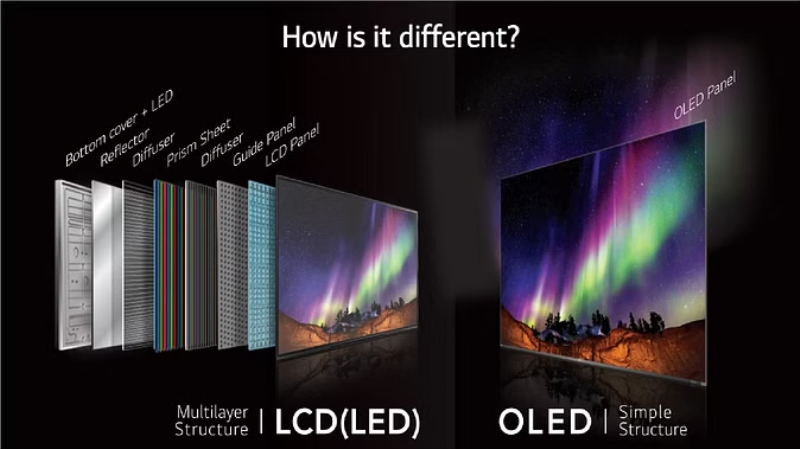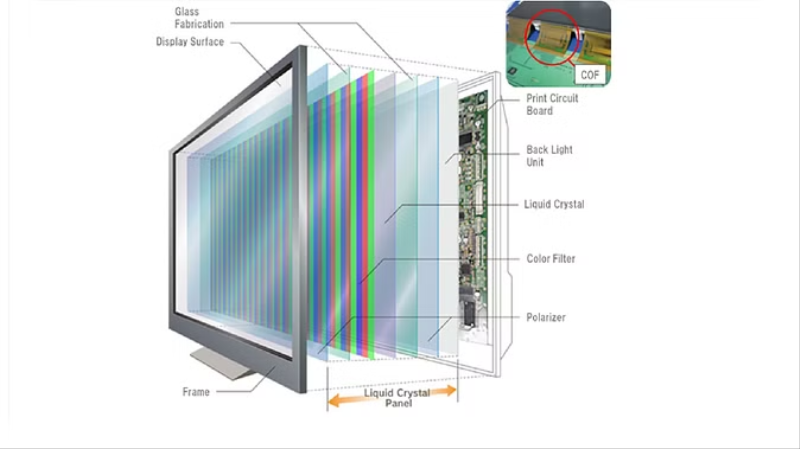
Festive sales are going on on all e-commerce sites. People have bought a lot of TVs in this sale. The main reason for higher sales of TV is that it has now become much cheaper. The price of TV has become less than that of phones. Even 43 inch TV is now available for Rs 15-20 thousand. There are many types of TVs in the market at present which include LCD, OLED, LED, and QLED. If you are also planning to buy a TV, then you should know about LCD, OLED, LED, and QLED. Let us know the difference between these four panels...
What is LCD?
LCD means liquid crystal display. LCD panels contain liquid crystal between the glass and plastic. After receiving an electric current, these crystals change, after which you are able to see anything on the screen. There is a backlight (fluorescent lamp) behind the LCD panel, due to which light falls on the screen and the screen becomes visible. The LCD panel works like the shutter of the camera. TVs with LCD panels are most prevalent in the market but the best color experience is not available on these panels.
What is LED?
LED is called a light emitting diode. It is very similar to LCD. LCD has fluorescent lamps while LED has LED lights. LED panels are better than LCDs in terms of power consumption. Apart from this, very little space is required for LED panels. In such a situation, TVs with LCD panels are slim. It has better contrast and colors than LCD.
What is OLED?
The full form of OLED is an Organic Light Emitting Diode. TVs with OLED panels have their own lights and also their own colors. In an OLED panel, this panel provides as much light as a pixel requires. The black color looks perfect in this. LCD panels rely on a backlight, while OLED panels rely on their own. It has different lights for each pixel. OLED panels are best for colors and better viewing angles. Contrast is also better in this.

What is QLED?
The full form of QLED is a Quantum Dot Light Emitting Diode. This is an advanced version of LED and LCD. QLED also uses both LEDs and quantum dots for backlight. In this, nanocrystals are used to keep the color better. You get the best color, contrast and viewing angle in QLED TV. Along with this, High Dynamic Range (HDR) is also available which improves the picture quality.










